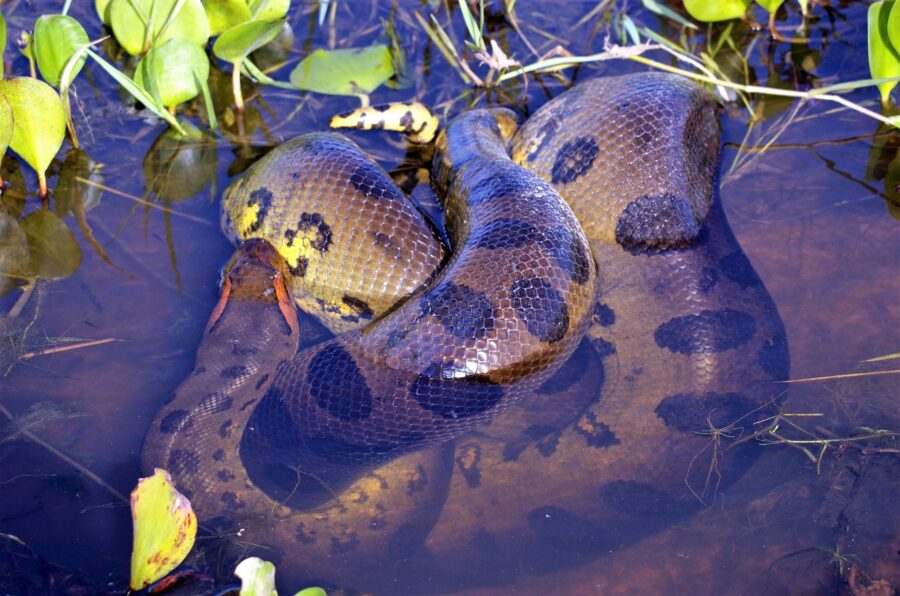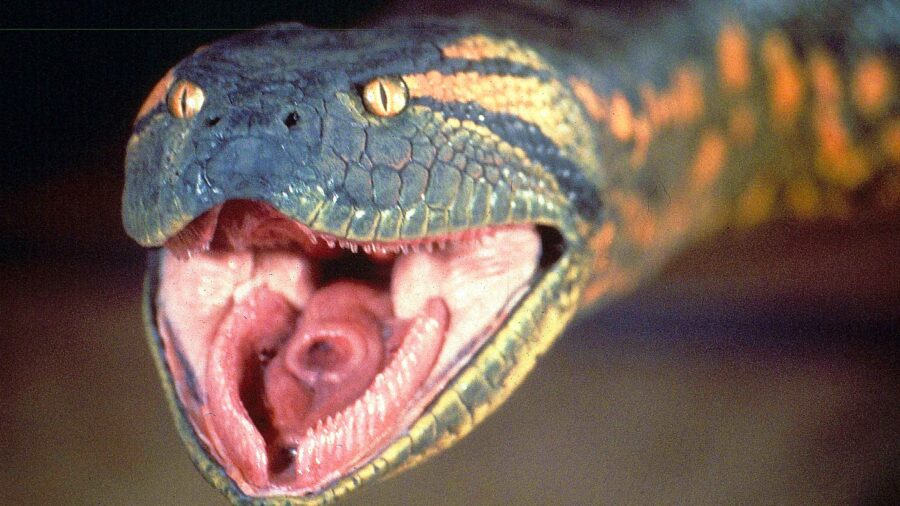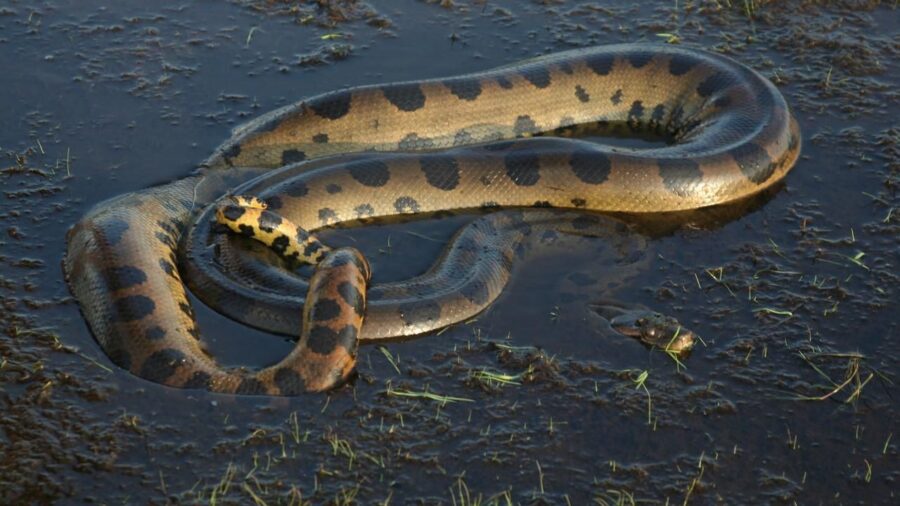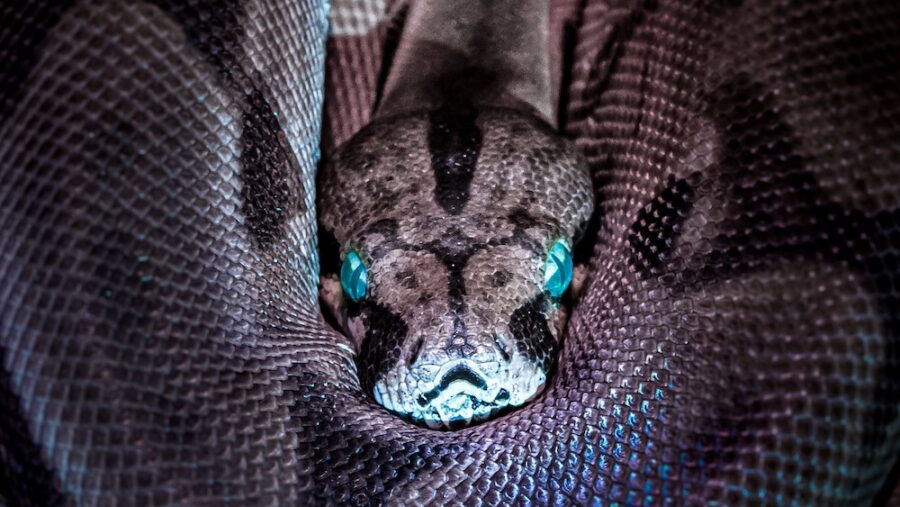A New Type Of Snake Was Just Discovered By Will Smith

While deep in the Amazon Rainforest with a documentary film crew, actor Will Smith had a part in discovering an entirely new species of anaconda. Smith and University of Queensland Professor Bryan Frye were in Ecuador filming the National Geographic documentary Pole to Pole with Will Smith when the startling discovery was made. The green anaconda, widely believed to be one species of snake, was shown through research to be two distinct versions from the same reptilian family.
Will Smith Discovers A New Species Of Anaconda

The research team and film crew were busy capturing the anacondas with the help of local Indigenous Waorani people, with Will Smith reportedly not afraid to wade into the waters to help catch specimens of what later proved to be an undiscovered species of green anaconda. The work is dangerous, especially considering the sheer size of these creatures. Their great lengths and circumferences make it possible for these snakes to prey on large mammals like deer and are capable of killing a grown man (though this is pretty rare).
A Dangerous Task

While Will Smith wasn’t injured during the discovery, the same could not be said for one of the Waorani that was there to assist. The man was bitten on the leg by one of the anacondas and nearly dragged into deep waters. The snake escaped capture, but the bites show that the anaconda was 24.6 feet.
The Largest Snake Species?

The anacondas that had been researched up to that point were large, with females measuring an average of 16.4 feet (while actor Will Smith stands at only 6.16 feet). Reports of green anacondas being much longer than that have been widely circulated among locals, but never substantiated. The new research in Ecuador might just prove that what were once considered gross exaggerations are the absolute truth.
The discovery happened when researchers were busy doing a large sampling of anacondas in Ecuador. The belief at the time was that these were the same snakes that are found further south in the Brazilian part of the rainforest. But Will Smith and the film crew quickly learned that the snakes in Ecuador were much larger than their Brazilian counterparts and held a couple of other dissimilar qualities.
Easily Mistaken

The markings on the skin of both species of green anaconda are close in appearance but do show some variations. From a genetic standpoint, the markers are close but not a match. There remains a 5.5 percent genetic contrast between the northern snakes that Will Smith was on hand to discover and the southern varieties, a lot considering that there is only a 2 percent difference in the genetics between humans and chimpanzees.
The Snake Should Be Named After Will Smith

Ecuador is not the only country to host the newly discovered species. French Guiana, Venezuela and Columbia also have a number of these giant snakes, which have been officially named Eunectes akayima, commonly referred to as the northern green anaconda. The Brazilian anaconda retains its official name of E. murinus but is now referred to as the southern green anaconda. With all due respect to herpetologists, maybe naming the new snake after Will Smith would have been a proper move.












